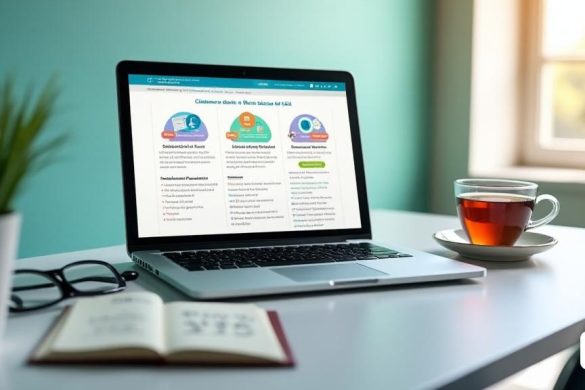The dilemma of savings and investment
Pep had always been a prudent man, worried about his financial future. With a bank account that generated a modest 1% per year, it decided that it was time to look for more profitable alternatives. This longing led him to his trusted bank, where his manager suggested an investment in a stock market value that had shown an average performance of 12% in previous years.
The reality of investments
Although Pep was aware that past returns did not guarantee future, he decided to invest half of the savings accumulated in the recommended product, relying on their stability and the solvency of the issuer. However, the reality was presented differently: the profitability never exceeded 6%, and over time the value fell dramatically, losing up to 50% of its initial value.
The anguish of the investor
With the continuous decline of value in the market, Pep was trapped in a difficult situation. Despite the losses, he was hopeful of recovering his capital, which led him to reject the idea of selling the shares. Finally, the frustration pushed him to find the manager to ask for the physical delivery of the actions, with the intention of keeping them in a safe at home.
The unexpected response from the manager
The manager’s reaction was amazing. Instead of accessing the request, he explained that the actions were now digital, stored in a distant computer system, and that they could not be physically delivered. This explanation only increased Pep’s confusion, who defended the idea that the actions were documents to the bearer, as well as banknotes.
A difficult decision
Feeling disoriented in an increasingly digitized financial world, Pep was forced to sell the shares he had defended so much, leaving behind years of investment and hopes. This decision was a blow to him, who felt a stranger in a system that had changed without him.
Final reflections on change
Pep’s story reminds us of the importance of adapting to the changes in the financial world. As technologies evolve, so must our investment strategies and our understanding of markets. Learning to navigate in this new environment can be challenging, but it is essential to ensuring a healthy financial future.




